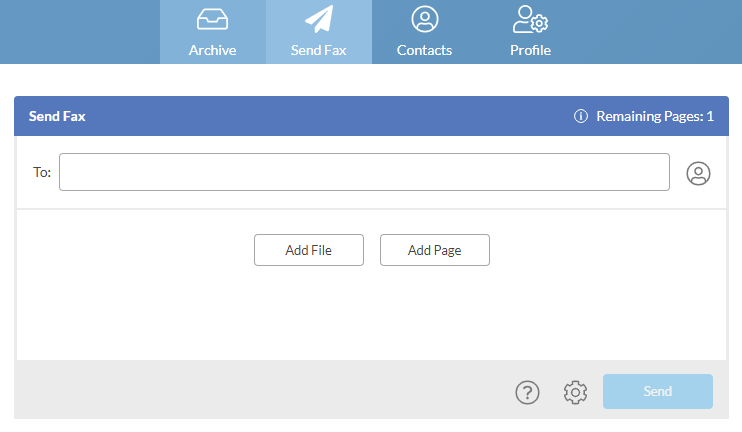
每個月十頁免費傳真的FAX.PLUS(台灣OK)
政府老是要我用傳真文件給他們,但我想現在的新創辦公室已經很少有人會採買傳真機(FAX),其實我覺得現在的新創也很少有市內固定電話號碼了,所以我還是覺得有些科技真的要跟上,政府文件每次都需要傳真,難到不然收個EMAIL就好?
但問題還是要解決,只好用網路的解決方案,自己用過FAX.PLUS,是覺得fax.plus只要提供手機號碼,簡訊註冊一下,馬上就可以使用他的免費方案(Free),馬上每個月就可以送10張傳真,想要收傳真的話,也可以付一點費用4.99歐元/每個月,是個可以推薦給大家的好東西

簡單上傳PDF或是圖片檔就可以傳真,比起原始的傳真機要簡單且環保許多

我想也比便利商店的傳真服務要來的即時,便宜,好用有多,手機按一下,就可以應急處理
同場加映哈囉傳真,HelloFax
有中文且較多台灣人使用的hellofax

近期留言